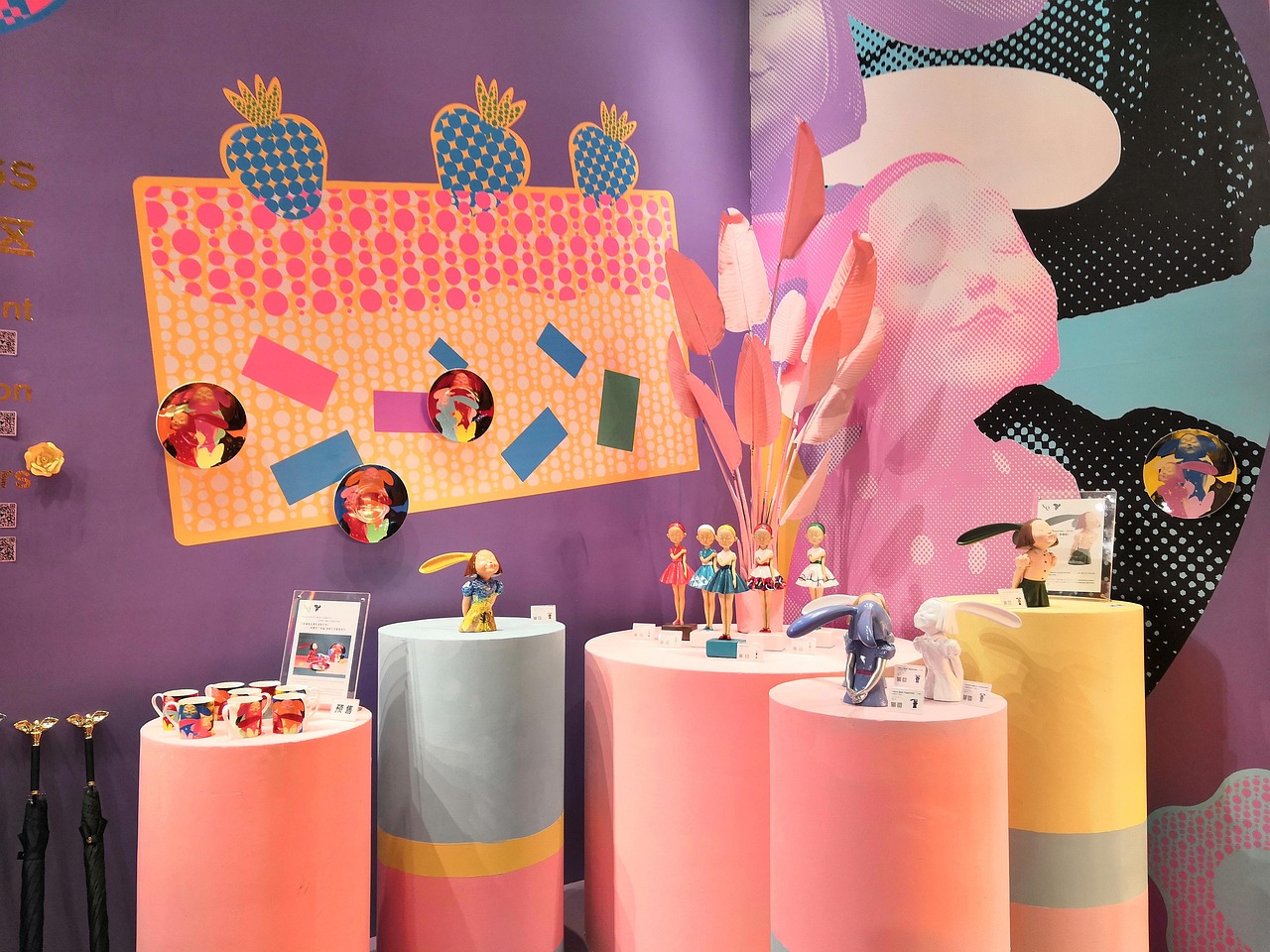Disclosure Sponsored Links: This post contains a paid-for sponsored link, meaning we have received compensation in exchange for including it. Sponsorship does not influence our content, but we believe in transparency regarding paid placements.
When we think about art galleries and international trade shows, they may seem like worlds apart. One exists to provoke thought and emotion, the other to promote products and services. But look a little closer, and you’ll find a compelling intersection between the two: both are carefully designed experiences. In fact, the same curatorial finesse that guides visitors through a contemporary art installation can be applied to elevate the effectiveness of a trade show booth.
This article explores how galleries and art exhibitions inspire more immersive, strategic exhibition design for international trade shows. From spatial planning to lighting, and from storytelling to emotional resonance, there are powerful design principles that architects, curators, and exhibition stand builders can harness alike.
Table of Contents
The Shared Purpose: Captivating the Visitor
Whether you’re showcasing a sculpture or a software platform, the objective is the same: create an engaging environment that captures and holds attention. Both settings rely on aesthetics, atmosphere and intentional design to connect with people on a deeper level.
Art exhibitions often aim to immerse the viewer in a narrative or theme. Successful trade show booths, similarly, are not just selling a product—they’re offering a brand experience. The visual identity, tone, and flow must all align to leave a lasting impression.
Flow and Function: Planning the Visitor Journey
Art galleries don’t leave visitor movement to chance. They plan routes that guide viewers through a story, with breathing room between exhibits to absorb meaning. This idea translates seamlessly to the trade show world.
Incorporating gallery-inspired spatial design at trade shows can help to:
- Avoid bottlenecks and chaos by controlling foot traffic
- Use open and closed spaces strategically to build rhythm
- Encourage longer dwell times and better engagement
- Highlight key messaging or hero products
A thoughtful floor plan with clear zoning allows visitors to discover, pause, and explore. Just as a curator places artworks in deliberate sequence, trade show designers should choreograph every step of the visitor journey.
Lighting as an Emotional Tool
Lighting in art exhibitions is rarely just functional. It sets mood, evokes emotion, and subtly influences focus. Brightness, shadow, contrast and warmth can all dramatically affect how we experience space.
Trade show booths that adopt this level of lighting design nuance can:
- Direct attention to featured products or demo zones
- Create a sense of drama and exclusivity
- Shift perception (e.g., warm lighting = comfort; cool lighting = innovation)
- Support the storytelling experience
Even simple lighting changes can increase recall and emotional impact, making visitors more likely to remember your brand post-event.
Storytelling in Structure: Designing for Meaning
Every great exhibition tells a story. From layout to materials to visuals, galleries are built around a narrative arc. Trade show booths should do the same.
Think about how you can incorporate:
- A beginning, middle and end to the visitor experience
- Materials that reinforce your brand values (e.g. sustainability, innovation, heritage)
- Symbols and iconography to communicate abstract ideas
- Digital elements (screens, projections) to enhance immersion
This narrative thinking can help transform a basic stand into a space that resonates emotionally, intellectually and physically.
Creating Emotional Engagement Through Design
Galleries are designed to spark emotion—wonder, contemplation, even discomfort. Trade shows can benefit from this kind of emotional ambition.
Consider adding multi-sensory experiences such as:
- Subtle ambient sound or brand soundscapes
- Interactive touchpoints or tactile surfaces
- Scent marketing to connect memory and emotion
- Performative elements like live demos, speakers or installations
The more senses you involve, the more memorable and immersive the experience becomes.
The Role of Exhibition Stand Builders
To bring these principles to life, working with experienced exhibition stand builders is key. These specialists bridge the gap between creative concept and technical execution. A builder with a curator’s mindset can help shape the physical narrative of your brand, applying the same level of detail you’d find in a gallery installation.
Look for builders who:
- Collaborate closely with your design and marketing teams
- Understand spatial psychology and visitor behaviour
- Prioritise craftsmanship, sustainability, and logistical efficiency
- Can translate intangible brand ideas into physical form
Whether modular or bespoke, the quality of stand execution makes or breaks the final experience.
A Hybrid Future: When Stands Feel Like Installations
Increasingly, international trade shows are embracing the art world’s methods to stand out in saturated environments. Brands like Apple, Dyson and Panasonic have created exhibition spaces that blur the lines between commercial display and artistic expression.
This hybrid future points to a new model of brand communication: one that prioritises atmosphere over hard sell, and meaning over information overload. Visitors don’t want to be sold to—they want to be inspired.
Final Thoughts: Designing Experiences That Matter
Art galleries remind us that form and feeling are inseparable. By treating trade show booths not just as marketing tools but as spatial narratives, we can create environments that educate, entertain and emotionally engage.
If we want our trade show presence to stand out, we must start thinking like curators, not just marketers.
For further inspiration on how design and creativity can shape impactful exhibition environments, visit Hickman Design’s to explore their approach to bespoke exhibition design, creative direction, and spatial storytelling.








